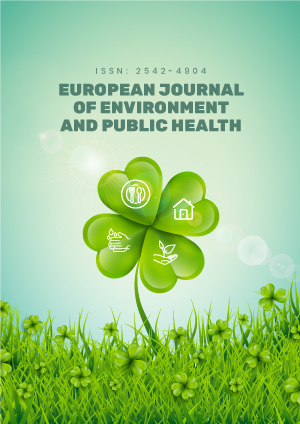Abstract
In December 2019, the Wuhan Municipal Health Commission (China) reported to the World Health Organization (WHO) a cluster of pneumonia cases with unknown aetiology in Wuhan City, Province of Hubei, China. In March 2020, WHO declared a pandemic. So began the spread of Sars-Cov-2 and the race to possible countermeasures. This article analyses the commercial relationships of the sale and purchase of vaccines as a measure of influence between different regions of the world. Taking all vaccines with a degree of global diffusion into account (Sputnik V, Russia; Sinovac, China; Sinopharm, China; Covishield, Oxford/AstraZeneca formulation, India; Johnson & Johnson, USA; Oxford/AstraZeneca, UK; Pfizer/BioNTech, USA; and Moderna, USA), the article examines the specific regions of distribution. The paper has two aims: Firstly, to understand if the vaccines’ distribution mirrors the geopolitical status quo. Secondly, to identify the territories potentially more capable of causing important, regional or global, geopolitical frictions. In order to do that, the article highlights regions with unipolar and multipolar geopolitical influences. Limitations and further possible developments of the work will be commented on in the conclusions.
License
This is an open access article distributed under the Creative Commons Attribution License which permits unrestricted use, distribution, and reproduction in any medium, provided the original work is properly cited.
Article Type: Research Article
EUR J ENV PUBLIC HLT, Volume 7, Issue 3, 2023, Article No: em0132
https://doi.org/10.29333/ejeph/12779
Publication date: 01 Jul 2023
Online publication date: 01 Jan 2023
Article Views: 2286
Article Downloads: 2151
Open Access References How to cite this article
 Full Text (PDF)
Full Text (PDF)